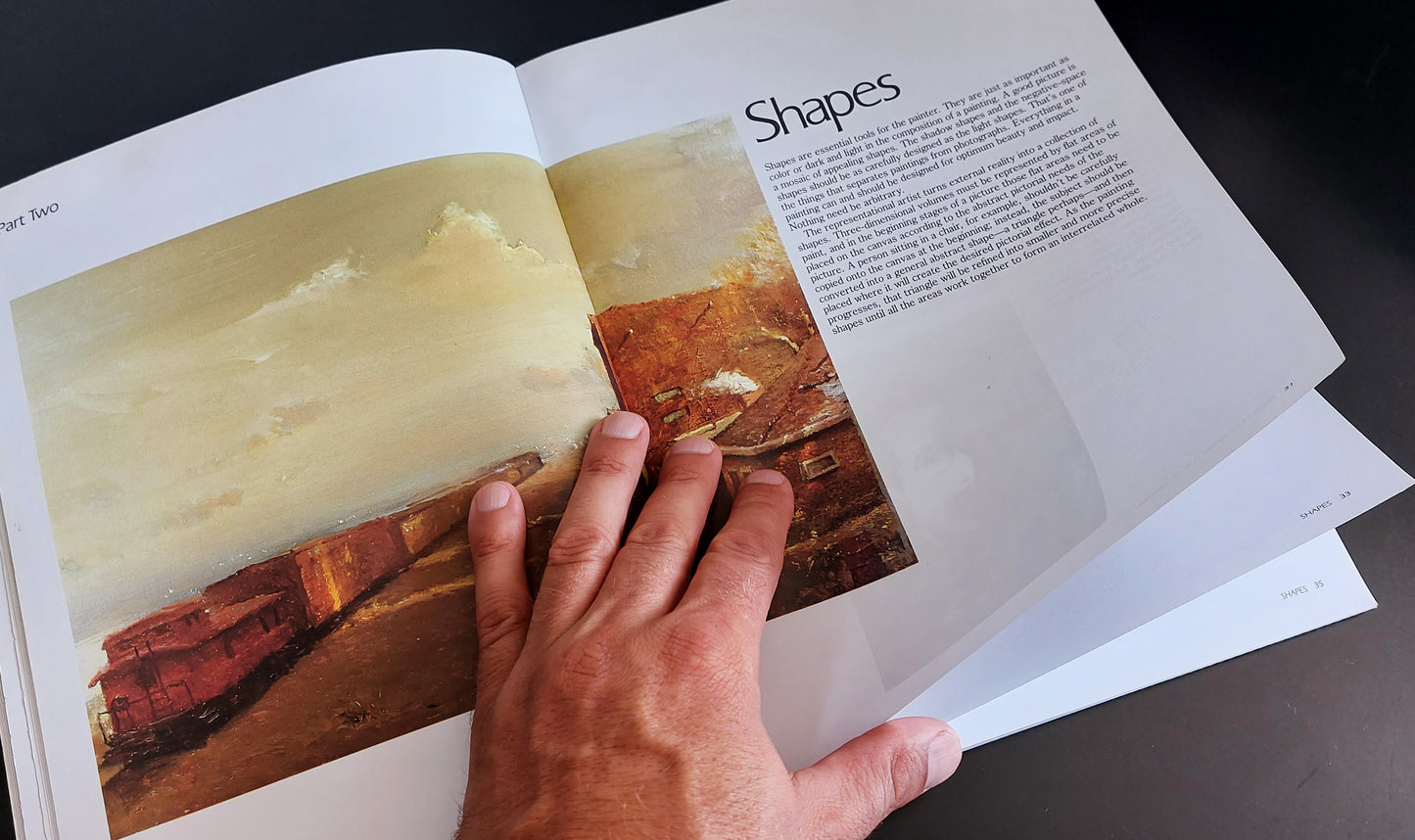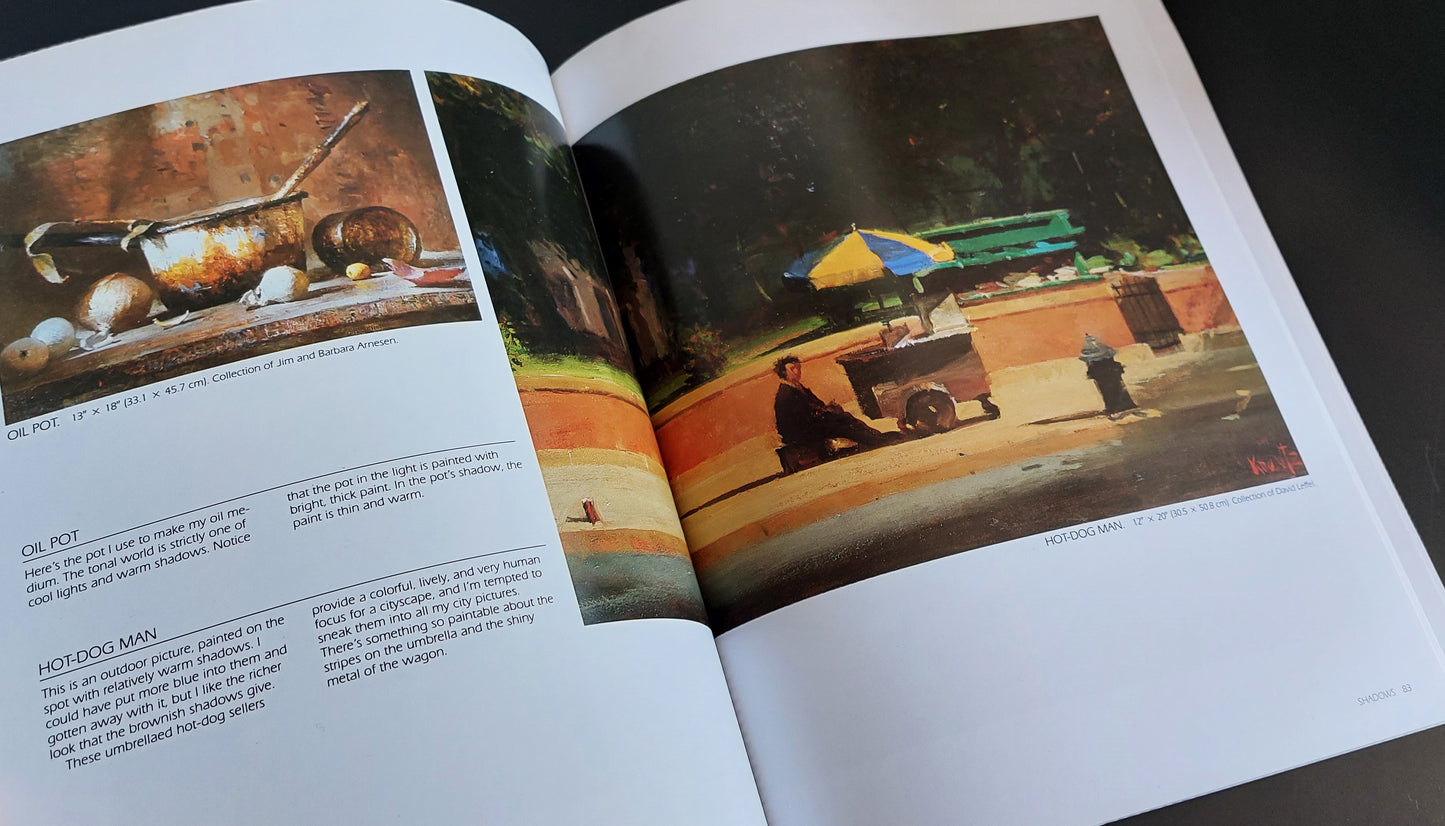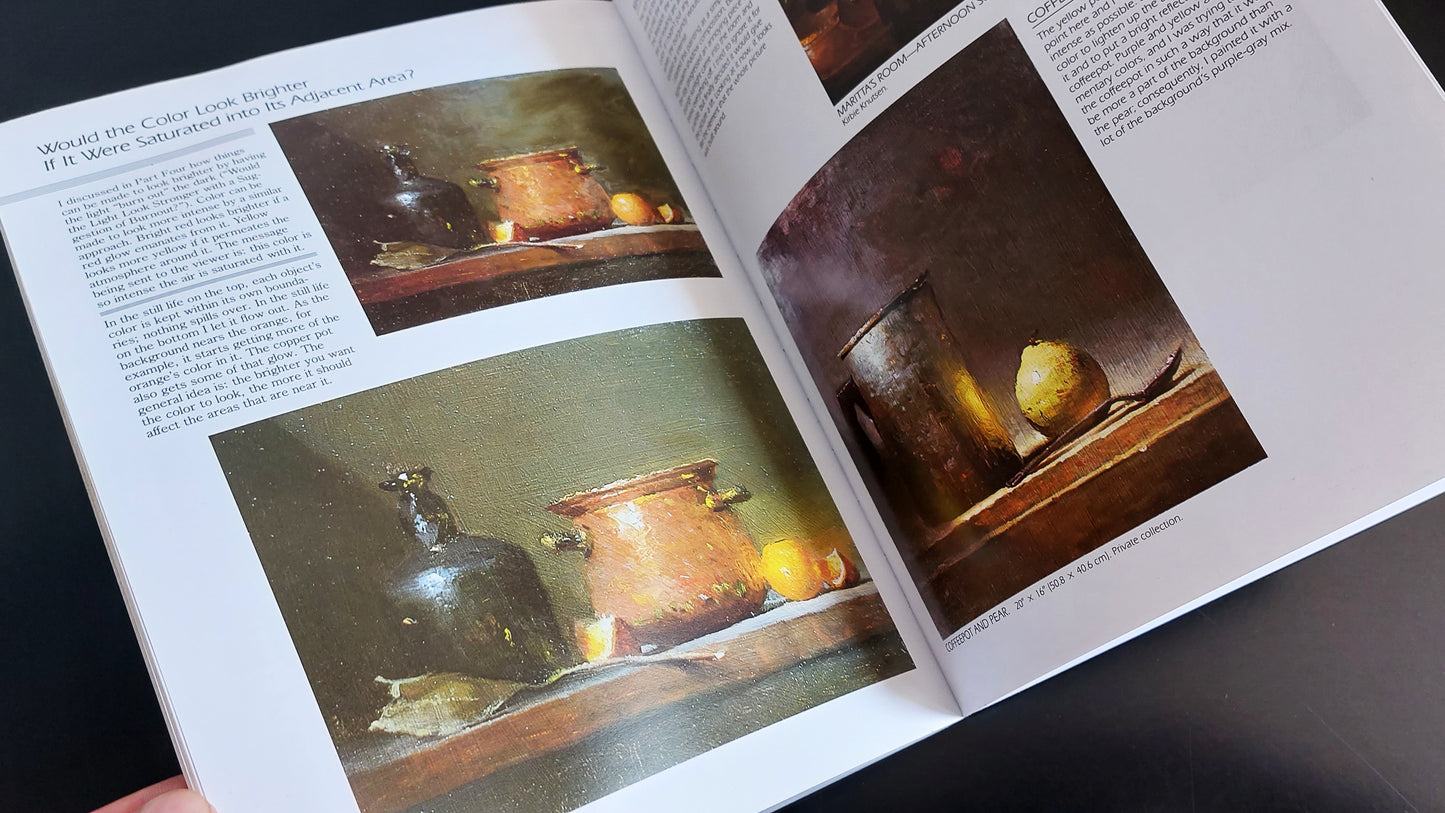Watson-Guptill
Problem Solving for Oil Painters: Recognizing What's Gone Wrong and How to Make it Right
Problem Solving for Oil Painters: Recognizing What's Gone Wrong and How to Make it Right
Author: Kreutz, Gregg
Brand: Watson-Guptill
Color: Black
Edition: Edition Unstated
Binding: Paperback
Number Of Pages: 144
Release Date: 01-04-1997
Part Number: 9780823040971
Details: Finally - a book to help you solve all your painting problems! Inside you'll learn how to study a painting and correct problematic areas. Study topics include: Ideas - Is there a good abstract idea underlying the picture? - What details could be eliminated to strengthen the composition? - Does the painting have a focus? - Are the unessential parts subbordinated? - Does the painting "read"? - Could you finish any part of the painting? Shapes - Are the dominant shapes as strong and simple as possible? - Are the shapes too similiar? Value - Could the value range be increased? - Could the number of values be reduced? Light - Is the subject effectively lit? - Is the light area big enough? - Would the light look stronger with a suggestion of burnout? - Do the lights have a continuous flow? - Is the light gradiated? Shadows - Do the shadow shapes describe the form? - Are the shadows warm enough? Depth - Would the addition of foreground material deepen the space? - Does the background recede far enough? - Are the halftones properly related to the background? Solidity - Is the underlying form being communicated? - Is the symmetry in perspective? Color - Is there a color strategy? - Could a purer color be used? - Do the whites have enough color in them? - Are the colors overbended on the canvas? - would the color look brighter if it were saturated into its adjacent area? Paint - Is your palette efficiently organized? - Is the painting surface too absorbent? - Are you using the palette knife as much as you could? - Are you painting lines when you should be painting masses? - Are the edges dynamic enough? - Is there enough variation in the texture of the paint?
EAN: 9780823040971
Package Dimensions: 10.9 x 8.3 x 0.4 inches
Languages: English
MY RECOMMENDATION
Great book that I've owned for a while now. I've learned a lot from reading this book, so I recommend it to you as well. As you can see from the pictures, even though the author's painting style is much more abstract and loose than my own realistic style, the foundations on which the rules of realistic portrayal are built are still common. I really like the organization of the book. The chapters are divided into clear sections that address different aspects of the issues in realistic creation. Especially great are the examples of bad versus good. A practical example is worth a thousand words, so you'll definitely appreciate the clarity of explanation through the provided instances.
Just like me, the author of the book is rightfully convinced that oil painting is based on problem-solving. Every problem, whether it's about composition, color, shape, etc., has specific solutions that can be theoretically explained and applied through practical exercises, namely painting. And that's exactly why the book is structured in the form of problems and their solutions.
I've read the book several times already and I warmly recommend it to anyone who wants to delve deeper into the secrets of realistic oil painting.
Couldn't load pickup availability
Share













